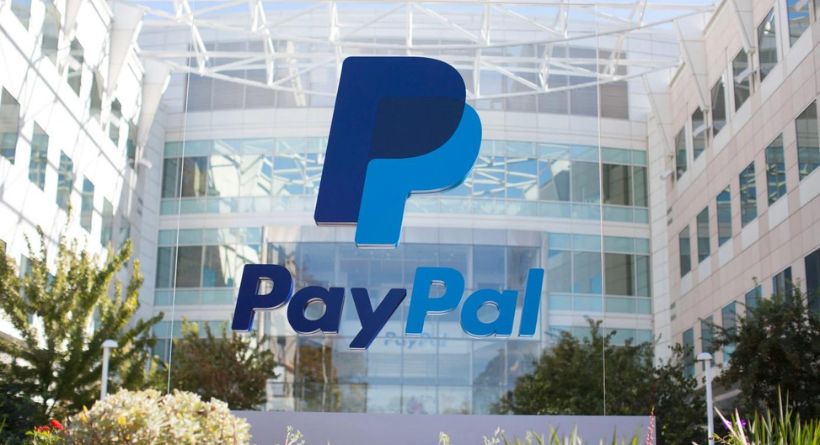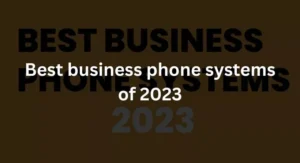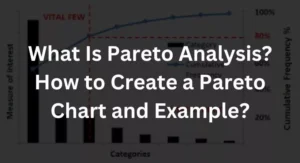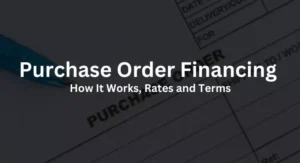
PayPal is launching another buy now, pay later offering this morning to follow the 2020 debut of its “Pay in 4” payment scheme, which has shaken up the buy now, pay later industry after Apple said that it will now be a rival to established corporations. According to the U.S. payments juggernaut, the new service, called “PayPal Pay Monthly,” is meant to allow users greater flexibility when making payments. Users using “Pay Monthly” may divide the entire cost into monthly payments over a six- to 24-month period rather than having to pay off items over a six-week period as they previously had to.
The product may be used by customers to make bigger purchases as well.
The new programme lets users to make purchases between $199 and $10,000, with the first payment due one month after the transaction is completed, in contrast to PayPal’s “Pay in 4” programme, which allows customers to pay for products between $30 and $1,500 (increased from $600 at launch). Following then, customers will make regular payments until the whole of the purchase price and interest has been paid.
Online consumers will be given the option to “Pay Monthly” at the checkout to utilise the service. They will then fill out an application after clicking through. If accepted, they will be presented with up to three different options, each with a different term and a risk-based annual percentage rate (APR) ranging from 0% to 29.99%. PayPal states that its lender for the service is WebBank and that the APR is determined by a consumer’s credit eligibility.
Customers will evaluate the many possibilities offered to them and choose the strategy that best fits their financial situation. They may choose to pay back using a debit card or a bank account, and they can keep track of the payments using the PayPal website and app. There are no late penalties, much as the “Pay in 4” feature of PayPal. While the “Pay in 4” service, as its name suggests, divides purchases into four instalments, the “Pay Monthly” service may provide a customer the choice to pay back the purchase over a six-month, 12-month, or 24-month period.
According to PayPal, the decision to broaden its selection of “buy now, pay later” (BNPL) items was made in response to studies showing that American online buyers sought greater flexibility when making bigger purchases. It highlighted a recent Morning Consult poll that revealed 79% of Americans wanted to establish and follow a budget, and 65% of Americans were presently saving up for a larger purchase. According to PayPal, this increased demand for a better method of segmenting purchases into more manageable instalments.
Greg Lisiewski, vice president of global pay later products at PayPal, said in a statement that “how consumers seek to pay for bigger purchases is shifting and there is a growing need for flexible payment choices.” 22 million PayPal users used our pay later service last year. In order to guarantee that customers’ requirements and budgeting choices are met at checkout, he said, “Pay Monthly builds on our commitment to create outstanding payment options that give consumers choice.”
Despite competition from companies like Affirm, Klarna, Afterpay (bought by Block), Zip and Sezzle (who merged earlier this year), and others, PayPal currently has an increasing share of the BNPL market. Part of the reason for this is that PayPal is not a new player in the market; at the time it debuted “Pay in 4” in August 2020, it already had other Pay Later options, such as Easy Payments and PayPal Credit’s revolving credit line. Additionally, it has a large user base to promote to and millions of merchants that have already integrated PayPal into their websites and applications, which reduces the expenses associated with client acquisition that other firms must deal with.
This has aided the business in creating a BNPL presence. Over 105 million worldwide BNPL transactions and over $15 billion in total BNPL payment volume (TPV) have been handled by PayPal since the first quarter of 2020. Over 50 million BNPL loans and $6.5 billion in TPV have been recorded since Q4 2020.
The BNPL market is still evolving, thus the race is not yet over. While some BNPL providers are introducing more conventional payment methods, digital wallets like PayPal have been growing into instalment plans at the same time. Apple, a competitor of PayPal and a digital wallet, has just entered this industry by integrating its own “pay later” feature with a widely used payment service. Regulators are also paying attention to BNPL companies because they are worried about the amount of debt users may accrue by using the pay later choices without fully comprehending the expenses and fees involved with that decision.
According to PayPal, adding the new “Pay Monthly” option as a payment option won’t need complicated integration and will be made instantly accessible for businesses at no extra cost or risk. When presenting clients with the appropriate Pay Later alternatives and encouraging them to make a purchase, merchants will now have the opportunity to include their own dynamic message
Consumers will be able to use the service beginning today, and it will eventually be made accessible to all customers in the United States. Millions of PayPal merchants, like Outdoorsy, Samsonite, Fossil, Advance Auto, and others, will sell it.







